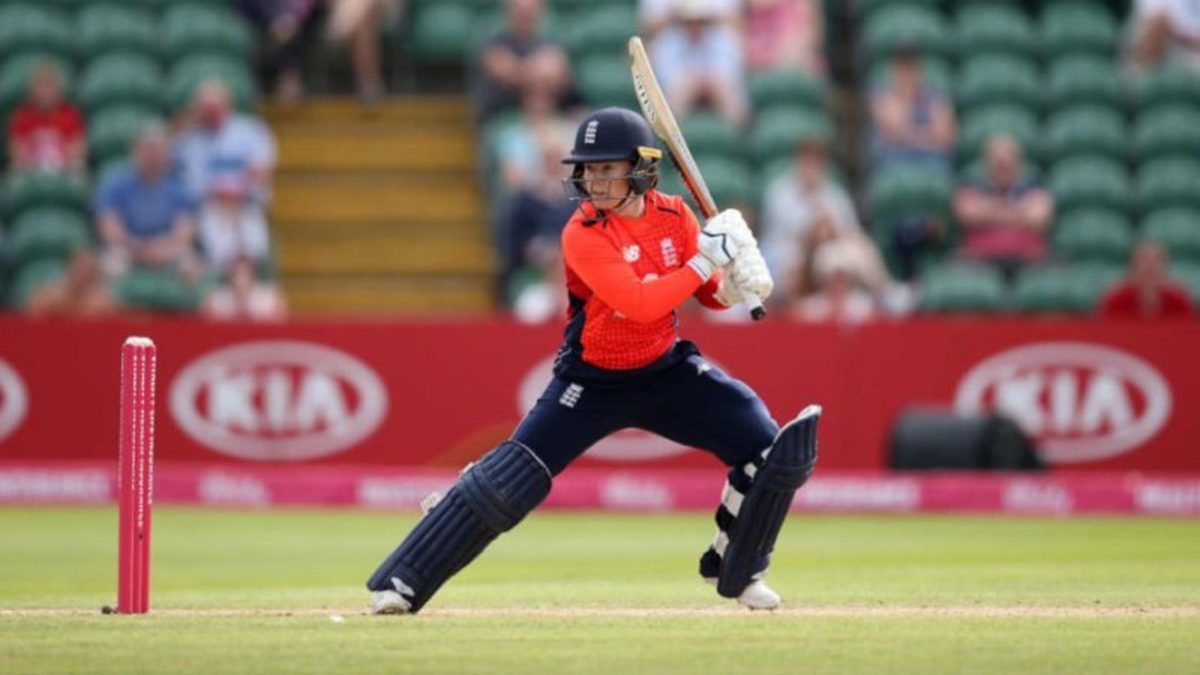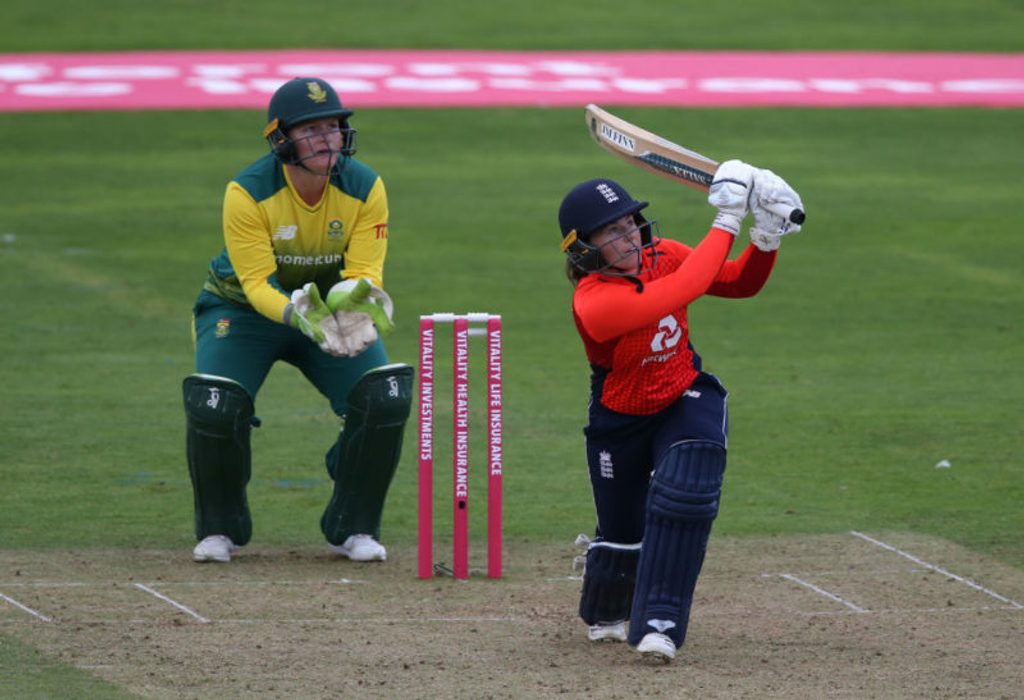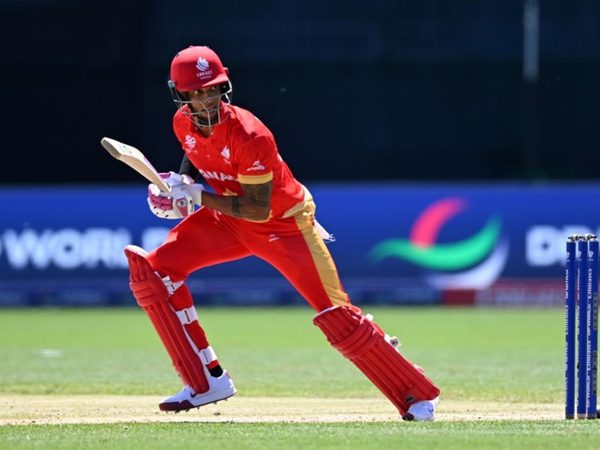
England’s hard-hitting opener and Wisden Cricketer of the Year Tammy Beaumont gives her tips on getting your team off to a flyer in the shortest format, as appeared in issue 18 of Wisden Cricket Monthly.
This article first appeared in issue 18 of Wisden Cricket Monthly. Buy it here.
ASSESSING THE CONDITIONS
I’m not someone like Danni Wyatt who is naturally very good at going from ball one and will happily come in and hit the first ball over mid-off. I have a little bit of a look – it’s the fourth, fifth and sixth overs that I like to go big. I’m still trying to hit boundaries but by hitting the ball along the floor.
MAXIMISING THE POWERPLAY
On a good wicket you’re aiming for 45 runs in the powerplay, maybe upwards of that these days. You don’t want to lose more than two or three wickets in the powerplay but even on a slow pitch it’s in that phase of the innings where you can make the biggest gain.
Have a look early on but those last couple of overs in the powerplay are crucial because once the field goes out it’s harder to score quickly, particularly on a slow wicket.
IT’S OK TO FAIL
It’s tough but as an opener you’re going to fail a lot. It’s something I’ve had to come to terms with – quite often you think you should always be getting the big scores but actually your job is to get your team off to a flyer and if you get out doing it then that’s what you’ve got to do.
 This article first appeared in issue 18 of Wisden Cricket Monthly
This article first appeared in issue 18 of Wisden Cricket Monthly
KNOW YOUR ROLE
As a team you’ve got to have a really good understanding of what each batter’s role is. If your role as an opener is to win the powerplay for your team but you get out third ball caught at mid-off, then that’s fine. However, if you’re poking it around only looking for singles and chewing up balls then you’re not doing your job.
OPENING UP THE OFF-SIDE
In 50-over cricket, if you’re facing an in-swinger you try to protect your stumps and look not to get bowled or lbw so much by going over to off stump. But in T20 you want to open up straighter areas by batting on leg stump to free your arms. The same applies to facing off-spinners when they bowl in the powerplay – bat a bit more leg-side to give yourself room to play through the off-side. Quite often the opposition will put two fielders out on the leg-side boundary which leaves so much space to target on the off-side.
HITTING BIG
For someone of my stature, being powerful is really important. The technique of hitting big is key in giving you that power and that’s something you can practise. Quite often when you’re netting you think ‘mid-on is out’ and you’ll just hit it along the floor for one all the time. Until you know you’re capable of clearing that imaginary fielder, you’re not even going to consider practising it. Sometimes you just need to practise trying to hit it hard.
The trick for me is not swinging as hard as I can, otherwise I don’t time the ball. I’m all about timing, having fast hands and having a good base through the ball. Getting in the gym, getting strong – that’s important too.
 Even when hitting to the leg-side, your feet should be pointed to extra cover
Even when hitting to the leg-side, your feet should be pointed to extra cover
WEIGHING UP YOUR BAT
People think that a heavier bat will help them hit it further but then you move the bat slower. Unless that’s your preference, it’s probably useless. I would always go for a lighter bat and move it faster.
KEEP A STRONG BASE
People often get their front leg too far out towards the leg-side with their feet pointing towards mid-wicket and lose all their strength. If you move your foot but keep it pointing towards extra-cover and keep it engaged then you can push against your hip and get all your power from your legs, which are obviously stronger than your arms.








